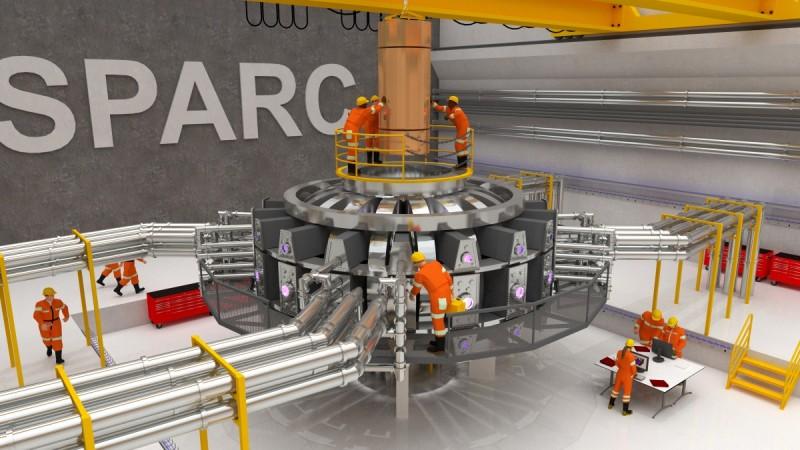
The cleanest, the most sustainable and the most powerful source of electricity might not be a pipe dream anymore. Nuclear fusion power generation could finally become a reality in less than 15 years from now and the world's most powerful superconducting magnets might just make it happen.
Nuclear fusion is a simple concept; two atoms -- a helium and a hydrogen atom -- are fused together. The result is an explosion of heat and energy that can actually produce more electricity than the amount of power used to generate it.
It is also quite a common occurrence in the universe. Stars, including the Sun, stay ignited and hot because of the millions of fusion reactions that happen in them every second. If this could be replicated on Earth, power scarcity might not be an issue at all.
However, the nuclear fusion is not easy. In fact, scientists have been at it since the 1940s, notes a report by Popular Mechanics. There are several variables that have to be perfectly in line for it to work. For example, superheated plasma at millions of degrees needs to be contained using powerful magnetic fields. The inner layers of the reactor need to be protected from helium bubbles, and the reaction itself needs to be stabilized in order to draw more power than what is used to create the reaction in the first place.
This is where MIT and Commonwealth Fusion Systems (CFS) seem to have made a major breakthrough. They have just been awarded a grant of over $30 million to build a functional fusion reactor and begin to harness energy for the grid in 15 years in collaboration with Eni, an Italian energy company.
In this pursuit, they have built a massive set of magnets. "This is an important historical moment: Advances in superconducting magnets have put fusion energy potentially within reach, offering the prospect of a safe, carbon-free energy future," says MIT president L. Rafael Reif. "As humanity confronts the rising risks of climate disruption, I am thrilled that MIT is joining with industrial allies, both longstanding and new, to run full-speed toward this transformative vision for our shared future on Earth."
As to why the magnets are needed, an MIT report explains that the plasma that is formed as a result of fusion is really hot. At millions of degrees, the superheated plasma cannot be contained within any known material, so the magnetic fields simply suspend the plasma in the air and keep the "gaseous soup of subatomic particles" from coming into contact with any part of the donut-shaped chamber.

The plan is to build a reactor that is capable of producing 100 megawatts. Once this is done, the idea is to iron any kinks presented in the smaller reactor and move on to a full-scale plant, eventually setting off on a path to low-carbon power.
"Fusion is the true energy source of the future, as it is completely sustainable, does not release emissions or long-term waste, and is potentially inexhaustible. It is a goal that we are increasingly determined to reach quickly", said Eni CEO Claudio Descalzi.

















